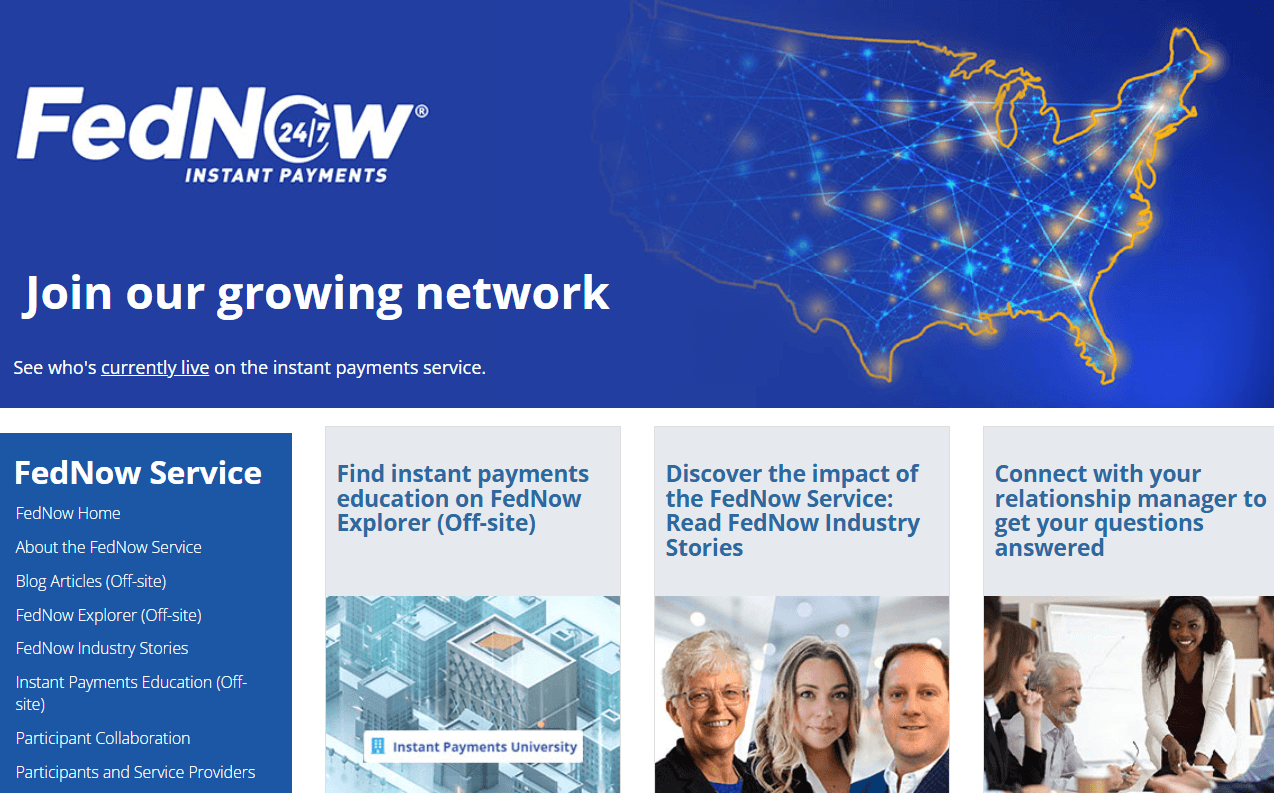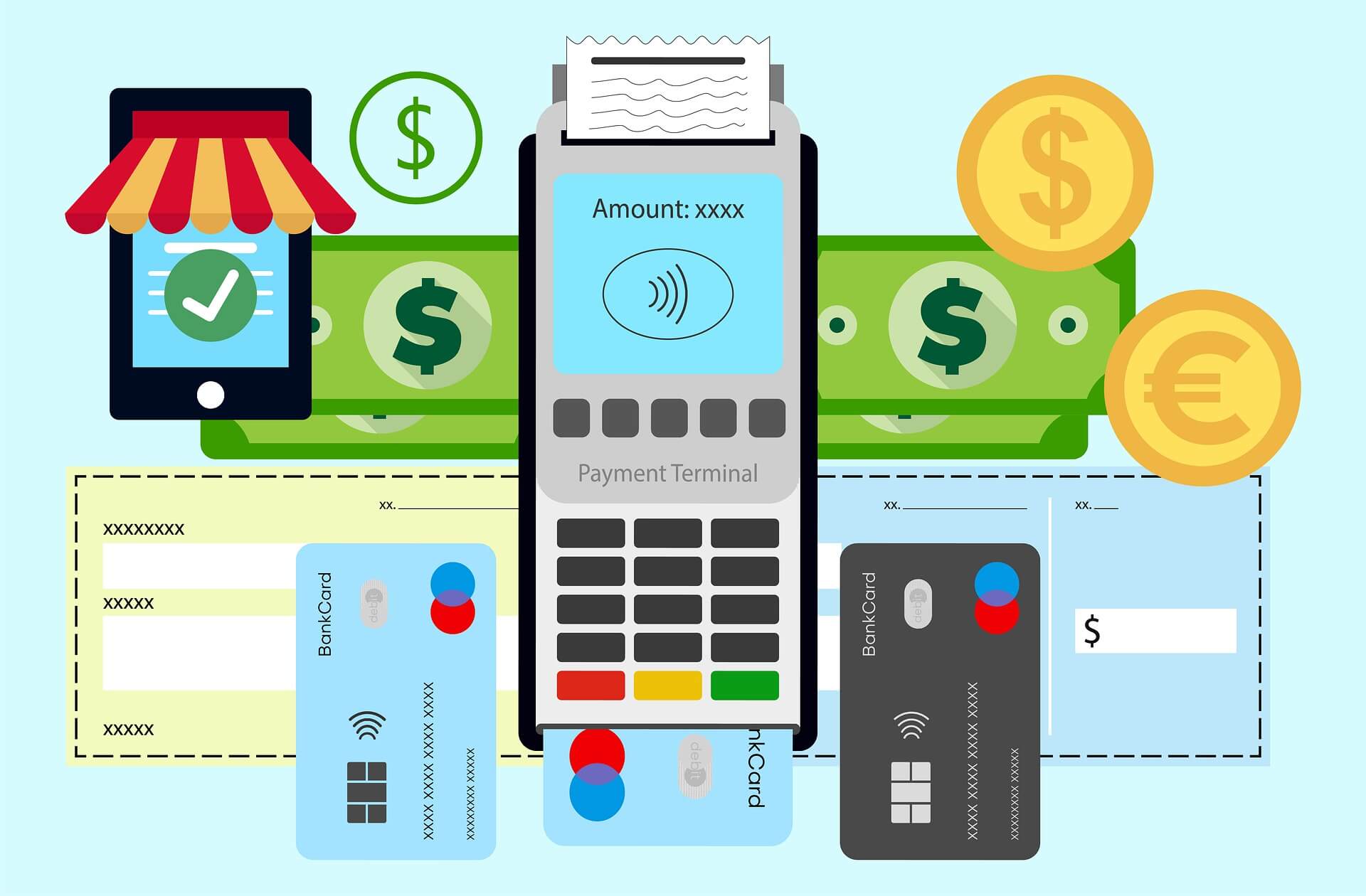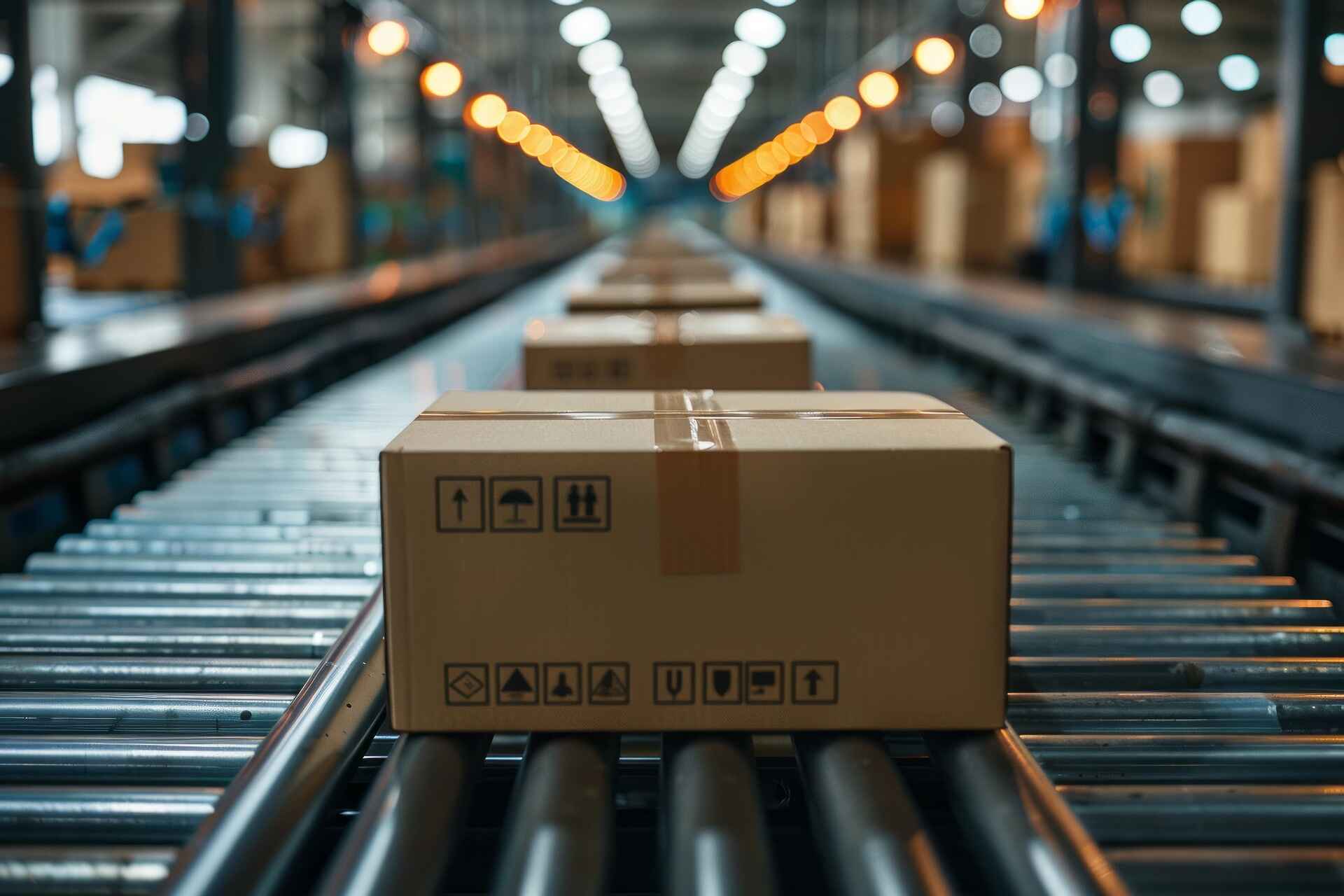Did you know that nearly 70% of online shopping carts are abandoned before checkout? And one of the biggest reasons is that the store doesn’t offer the payment method the customer prefers.
Let’s say you sell handmade jewelry. A potential customer finds a pair of earrings they like, adds them to their cart, and heads to checkout. But when they get there, they see only credit card payment as an option.
Credit cards are fine since they’re the most popular payment option, but the problem is that your customer prefers using PayPal for security reasons or relies on Buy Now, Pay Later (BNPL) services like Afterpay to split their payments.
Frustrated, they leave your store and buy from a competitor who offers their preferred way to pay. Just like that, you’ve lost a sale, not because your product wasn’t great but because your payment options weren’t flexible enough.
-
Offering more payment options, like BNPL and instant bank transfers, can reduce cart abandonment and increase conversions.
-
Biometric payments and voice-activated transactions are making checkout faster and more secure for online shoppers.
-
Social commerce payments on platforms like TikTok and Instagram are growing, making it easier for customers to buy without leaving the app.
-
Accepting cryptocurrencies and central bank digital currencies (CBDCs) can help online sellers reach global customers and lower transaction fees.
-
Keeping up with new payment trends ensures your store stays competitive and gives customers the flexibility they expect at checkout.
A study by the Baymard Institute found that 13% of shoppers abandon their carts simply because their preferred payment method isn’t available. Meanwhile, research from Klarna suggests that BNPL options can increase conversions by up to 20% and boost average order values by up to 40%.
In this post, I won’t talk about popular payment options because you already know how important they are. Instead, I’ll focus on the new and emerging ones, and why you should start integrating them into your checkout process right away.
The way people pay online is changing fast, and as an online seller, you can’t afford to ignore it. What started with simple credit card transactions has evolved into a landscape of digital wallets, instant bank transfers, crypto payments, and even voice-activated purchases.
And the stores that keep up with these changes? They’re the ones winning more customers, reducing cart abandonment, and maximizing their revenue.
If you’re still offering the same old payment methods without considering new ones, you might be leaving money on the table. Let’s make sure your store isn’t the one shoppers abandon at checkout.
So, what are these new and emerging payment options?
Some of you may have heard of these online payment methods before, so they might sound familiar. Others may already be using them. Good for you! But for those who are still unaware, here’s everything you need to know.
Real-Time Payments (RTP) and Instant Bank Transfers
One of the fastest-growing payment methods is real-time payments (RTP) and instant bank transfers. Unlike traditional bank transfers, which can take days to process, RTP systems allow funds to be transferred immediately, 24/7, even on weekends and holidays. This speed makes it an attractive option for both sellers and buyers.
Countries like India, Brazil, and the U.S. are leading the way in real-time payment adoption. India’s Unified Payments Interface (UPI) has revolutionized digital transactions by enabling instant payments between bank accounts.
Brazil’s Pix, introduced by the Central Bank of Brazil, has gained rapid adoption, with over 60% of Brazilians using it regularly for online and in-person transactions.
In the US, the FedNow service launched in 2023 is bringing real-time payments to businesses and consumers, making transactions faster and reducing reliance on credit cards. This is slightly different from ACH payment method but just as efficient.

For online sellers, integrating instant bank transfers can significantly cut transaction fees compared to credit card payments. In India, merchants using UPI have reported higher transaction volumes and lower costs, making it a must-have option for businesses selling internationally.
Biometric Payments
Biometric authentication is becoming a standard in digital payments. With fingerprint scans, facial recognition, and even voice authentication, biometric payments offer a secure and seamless way for consumers to complete purchases without entering passwords or card details.
Apple and Google have already incorporated biometric verification into their payment ecosystems. Apple Pay and Google Pay (and other Google payment methods available) allow users to authorize transactions using Face ID or fingerprint scanning.
This technology is gaining traction in Europe and Asia, with more banks and payment providers enabling biometric-based authentication to allow buyers to pay now while protecting them from fraud.
For online sellers, offering biometric payments means fewer abandoned carts due to forgotten passwords or security concerns. A study by Juniper Research predicts that global biometric transactions will exceed $3 trillion this year, signaling massive growth in this sector.
Voice-Activated Payments
Voice shopping isn’t just a futuristic idea anymore—it’s happening now. With smart speakers and voice assistants like Amazon Alexa, Google Assistant, and Siri, people can shop online using just their voice.
This hands-free payment method is especially popular for reordering essentials, booking services, and making quick purchases.
Big retailers like Amazon and Walmart have already embraced voice payments. Amazon’s Alexa Pay lets Prime members buy products with simple voice commands, making checkout effortless.
Synup initially projected that voice commerce would hit $40 billion by 2022, but by 2023, actual transactions soared to $80 billion, doubling in just one year. This massive growth shows that the industry’s potential is far greater than expected.
For online businesses like yours, adding voice-activated payments can make a huge difference, especially for customers who frequently reorder products, like those with subscription-based services.
Central Bank Digital Currencies (CBDCs)
Governments worldwide are exploring central bank digital currencies (CBDCs) as a new form of digital money. Unlike cryptocurrencies, CBDCs are issued and regulated by central banks, making them a more stable and government-backed alternative to cash.
China has been a frontrunner with its Digital Yuan (e-CNY), already used in pilot programs across major cities. The European Central Bank is also developing a Digital Euro, while the U.S. Federal Reserve is exploring the potential of a Digital Dollar.
These currencies aim to streamline payments, reduce costs, and offer an alternative to traditional banking.
Accepting CBDCs in the future could mean lower transaction fees and access to customers who prefer government-backed digital payments over traditional banking systems. If you prepare early, you can gain a competitive advantage when these digital currencies become mainstream.
DeFi & Web3 Payment Solutions
Decentralized Finance (DeFi) and Web3 payment solutions are shaking up traditional banking by offering new ways to pay. Platforms like MoonPay and Ramp let users pay with crypto while settling transactions in regular money, making it easier to use digital currencies in everyday commerce.

Big e-commerce players like Shopify are now integrating crypto payment gateways, allowing merchants to accept Bitcoin, Ethereum, and stablecoins like USDT. In countries with high inflation, such as Argentina and Turkey, businesses are increasingly using stablecoins to protect their money from losing value.
If you’re selling to tech-savvy customers or international buyers, accepting crypto payments can give you a major edge. It cuts out banks and middlemen, reducing transaction fees and expanding your reach to more buyers worldwide.
Social Media and In-App Payments
Social commerce is booming, and so are in-app payment solutions. Platforms like Instagram, TikTok, and Facebook have introduced seamless payment systems that allow users to buy products without leaving the app.
For example, TikTok Shop enables brands to sell directly within the TikTok ecosystem, making it easier for influencers and businesses to drive sales through viral content.
Instagram’s Checkout feature allows users to complete purchases with stored payment details, reducing friction and boosting conversion rates.
A report from Statista estimates that social commerce sales will reach over $1 trillion globally by 2028, highlighting the potential for online sellers who leverage these platforms.
By integrating in-app payments, you can streamline your checkout process and cater to the next generation of mobile-first shoppers.
But doesn’t offering too many payment options have a downside?
It’s a valid concern. Offering too many payment options can overwhelm customers and slow down the checkout process. They experience what is called decision fatigue.
This phenomenon is better explained by a concept called Hick’s Law, which suggests that the more choices a person has, the longer it takes for them to make a decision, which can hurt conversion rates.
If customers see a long list of unfamiliar payment options, they may second-guess their purchase or choose to abandon their cart entirely.
However, that doesn’t mean you should limit yourself to only one or two options. The key is to offer a balanced variety of payment methods that align with your target audience.
For example, an online store targeting Gen Z shoppers might prioritize BNPL services, Apple Pay, and TikTok Shop payments, whereas a store selling internationally may benefit more from real-time payments and cryptocurrency options to reduce currency exchange fees.
Integrating new and emerging payment methods doesn’t mean cluttering your checkout page. Many payment gateways, like Stripe, PayPal, and Adyen, allow businesses to offer multiple payment options under a single, streamlined interface.
Customers only see relevant choices based on their location, device, and previous preferences, making the checkout experience seamless rather than overwhelming.
Companies that have successfully expanded their payment options without hurting user experience include Amazon, Shopify, and Walmart.
Amazon, for example, provides a variety of payment methods but keeps its checkout process simple by dynamically displaying the most relevant ones. Shopify’s Shop Pay speeds up repeat purchases by storing payment details securely, reducing friction while still offering flexibility.
The bottom line? Offering more payment options won’t hurt your business if you integrate them strategically. Instead of overwhelming customers with an endless list, focus on the ones that add real value to your buyers.

By doing this, you’ll reduce cart abandonment, increase conversions, and give your customers the seamless shopping experience they expect in today’s evolving digital world.
Why You Need to Adapt Now
Shoppers today want convenience, security, and flexibility when making a purchase. If you don’t keep up, your customers will go to another online seller that offers better payment options.
Real-time payments, biometric verification, voice commerce, and social media payments are shaping the future of ecommerce. They’re not just passing trends. They’re here to stay.
As an online seller, adding these new payment methods can give you a leg up. Instant bank transfers can cut fees, biometric payments make checkout faster, and social commerce makes buying as easy as scrolling.
The sooner you adapt, the more sales you’ll close, and the fewer abandoned carts you’ll have to deal with.
So, are you ready for the future of online payments? Take a look at which of these new options fit your business and your customers. The right choices now can mean more conversions and smoother checkouts down the road.







